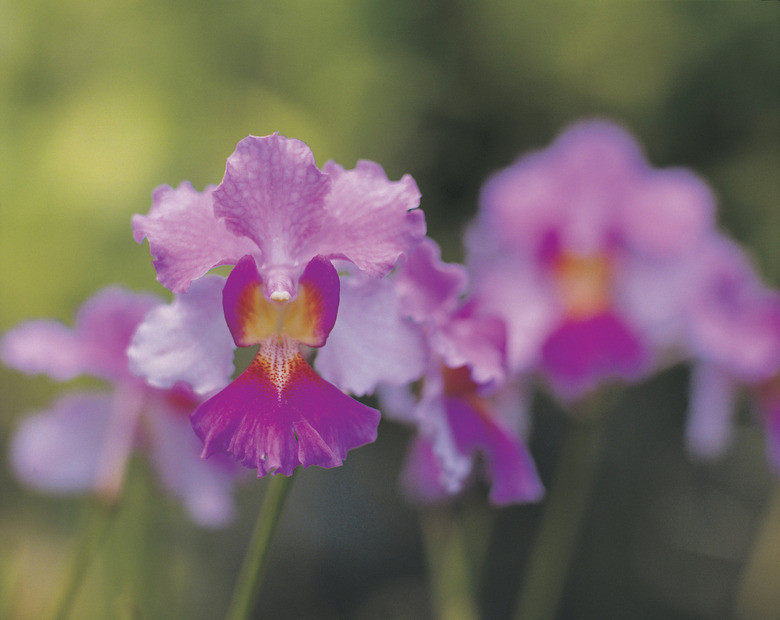Endangered Plants In The Amazon Rain Forest
It is estimated that 80 percent of the world's green flowering plants are in the Amazon rain forest. About 1,500 species of higher plants (ferns and conifers) and 750 types of trees can be found in 2.5 acres of the Amazon rain forest. It is unknown exactly how many Amazon rain forest plants are endangered, but it is safe to say that many of them indeed are endangered or are on the verge. Some of the reasons include orchid hunters, logging, farming, deforestation and commercial development.
Orchids
Orchids
Orchids are among the most endangered Amazon rain forest plants. There are more than 25,000 species of orchids and all of them are either endangered or threatened. Many species already are extinct. These are the largest flowering plants in the world and come in a wide variety of colors and forms. An orchid bloom can be larger than a human hand and can grow to several feet tall.
Rafflesia Flower
Rafflesia Flower
This Amazon rain forest flower is considered one of the rarest and most endangered plants in the world. It can weigh more than six pounds and can reach approximately one meter in width. It resembles a fairy- tale mushroom with its red petals, tan center and petal nodules.
Mangrove Trees
Mangrove Trees
These endangered trees are found along the coastal shores of the Amazon rain forest. They prevent erosion by slowing the flow of sediment as it progresses along rivers and streams, and they protect the rain forest's coastline.
Kapok Tree
Kapok Tree
This large tropical tree can grow to a height of 150 feet. The branches extend well out from the trunk and grow in horizontal tiers, making it a good nesting tree for birds, and the crown is umbrella shaped. Frogs breed and live in the bromeliad pools in the lower parts of the tree and mammals live in the high branches and also use them as highways.
Ecuadorean Rain Forest Flower
Ecuadorean Rain Forest Flower
The flower of this endangered plant is small and yellow and purple. As the name suggests, it is found in the Ecuadorean region of the Amazon rain forest.
Bromeliads
Bromeliads
There are more than 2,700 species of bromeliads in the Amazon rain forest, and about one-third of them are endangered. Some bromeliads are so heavy that they can break the trees from which they grow. The pineapple and Spanish moss are two of the most common bromeliads. Poison arrow frogs lay their eggs in the endangered tank bromeliad.
References
Cite This Article
MLA
, Rose Kitchen. "Endangered Plants In The Amazon Rain Forest" sciencing.com, https://www.sciencing.com/endangered-plants-amazon-rain-forest-5212275/. 13 March 2018.
APA
, Rose Kitchen. (2018, March 13). Endangered Plants In The Amazon Rain Forest. sciencing.com. Retrieved from https://www.sciencing.com/endangered-plants-amazon-rain-forest-5212275/
Chicago
, Rose Kitchen. Endangered Plants In The Amazon Rain Forest last modified March 24, 2022. https://www.sciencing.com/endangered-plants-amazon-rain-forest-5212275/
